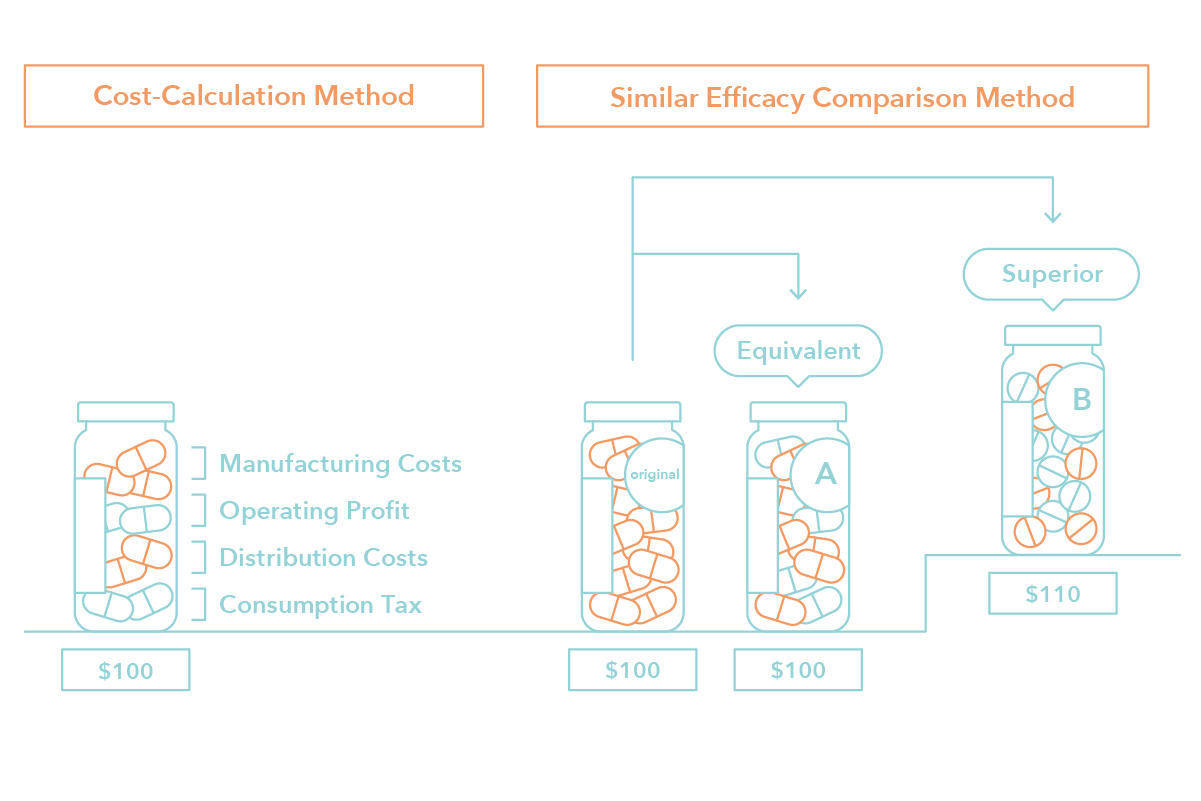1. Public health insurance system
When you visit a clinic or a hospital to receive treatment, you will be requested to present a health insurance card. The insurance card is a certificate as a beneficiary of the public health insurance system in Japan, issued against payment of the insurance premium.
If you possess an insurance card, you will have to pay only 30% (in many cases) of the healthcare expenses at the medical institutions. If the gross expenses for healthcare are large (e.g., for treatment of severe disease), you don’t need to pay the copayment exceeding the upper limit (or are required to pay an 1% of exceeding amonut) under the “High-Cost Medical Expense Benefit .”
Usually, we are not strongly aware of whole healthcare expenses, except when we check the detailed receipts for payments. However, when we have a disease, an environment that would be conducive for us to concentrate on the treatment while reducing the burden of copayment is important.
How are the prices of public healthcare services (specially, medicines and medical devices) set?
2. Prices are set by the Ministry of Health, Labour and Welfare
In Japan, manufacturers cannot freely decide the prices of medicines and medical devices provided under the public health insurance. The prices are decided by the Ministry of Health, Labour and Welfare (MHLW), based on the advice by the council named “Central Social Insurance Medical Council” (hereinafter called “Chuikyo”). Chuikyo plays a central role of price setting.
Chuikyo is composed of representatives from the payers (insurers, patients, labor unions, etc.), healthcare providers (physicians, pharmacists etc.) and neutral public interest representatives (academics etc.). These members of the Chuikyo hold discussion over the appropriate price setting from his/her own standpoints.
If the price set is too high, the manufacturers can secure large profits, while the public healthcare expenditure will expand. On the other hand, if the price is set lower than is appropriate, the manufacturer may become unable to continue development or distribution of drugs. Thus, the decision of prices by the MHLW is rather crucial as it affects the entire healthcare system.
3. Two ways of price setting
The prices of medicines and medical devices are set by the MHLW in the following two ways.
One of them is “similar efficacy (functional category) comparison method.” In this method, the price of a new drug is decided on the basis of the price of an existing “similar” medicine or medical device for which the price has already been set. If the price of the existing similar medicine is JPY 100, the price of the new medicine is also set at JPY 100. However, if the new drug is judged to be superior to the existing medicine, a certain premium (e.g., 10% of the existing drug price) may be added to the price of the new medicine. In this process, how to judge “superiority” and how to decide the percent of premium arise as topics for discussion.
The other is “cost calculation method” (generally it is called “cost plus method”). In this method, the manufacture cost of the medicine or medical device is calculated and added to the manufacturer’s profit, etc., to set the price of the product. However, there are cases where exact calculation of the cost is difficult. For this reason, whether or not the cost of a product has been calculated appropriately is one of the issues to be resolved.
